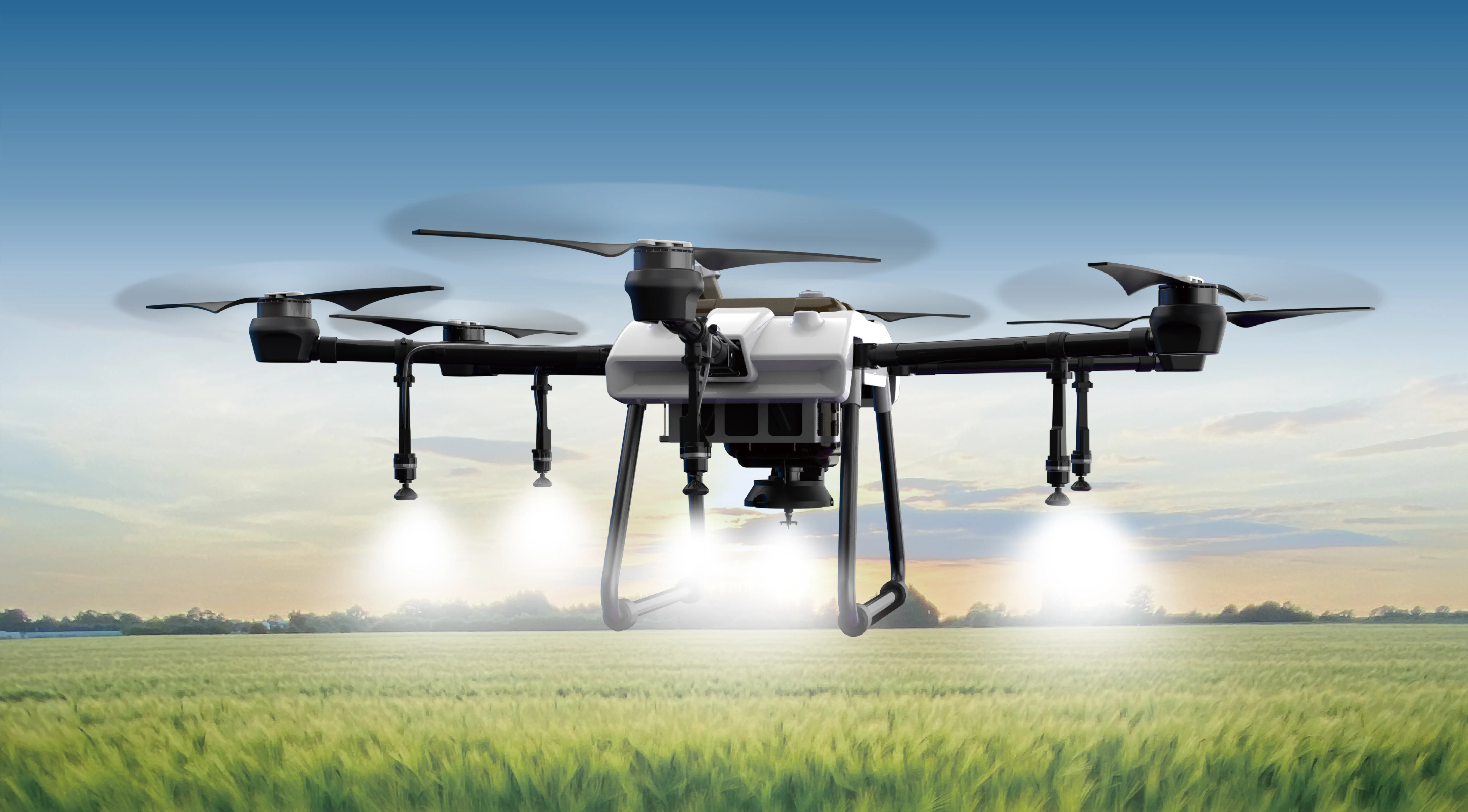Building a robot joint might sound like a daunting task, but once you get the hang of it, it becomes almost like putting together a puzzle—except the pieces move. It all starts with understanding the basics: what makes a joint work? Flexibility, stability, and precise control are the key players. When you’re designing a joint, you're not just connecting two parts; you’re creating a hinge that needs to mimic the finesse of a human wrist or elbow, yet withstand the stress of repetitive movements.

Let's dive into the materials first. You want something durable but not too stiff—think lightweight aluminum or reinforced plastics. They’re perfect for balancing strength and maneuverability. Then comes the mechanical design—whether it’s a simple hinge or a complex ball-and-socket. For a more natural movement, a ball-and-socket offers greater freedom, but it also demands a good balance between tightness and smoothness. Now, here’s where it gets interesting: incorporating the right kind of bearings or bushings can make all the difference. They reduce friction, extend the lifespan, and give that seamless, almost organic motion.
And what about the real magic? Precision control isn’t just about the hardware. It’s about how your motor or actuator interfaces with the joint. Think tiny but mighty servo motors—those are often the unsung heroes in making sure movements are sharp, controlled, and energy-efficient. For those looking to fine-tune their assembly, pay attention to the torque ratings. Too much torque can make the joint stiff, while too little might leave it limping through motions.
Ever wondered what’s the most critical part of a robot joint? It’s the alignment. Even the tiniest misalignment throws off the entire operation—imagine a domino effect where one crooked piece can domino into bigger issues. That’s why precision during assembly is non-negotiable. And for durability? Reinforced joints with wear-resistant coatings make sure your creation keep moving for years without getting bogged down.
So, why invest in quality components? Because a well-made joint isn’t just about moving parts. It’s about creating something resilient, natural-looking, and adaptable. Companies that prioritize high-grade materials and meticulous assembly often see fewer failures, less maintenance, and a happier end user. After all, a robotic arm that performs smoothly can impress even the most skeptical observer.
Wondering how to ensure your robotic joint hits all the marks? Focus on balanced design, premium materials, and precise assembly. And those small details—like lubrication points and tension adjustments—make all the difference. Good joints are like good conversations; they need to flow naturally, support the overall system, and stand the test of time. If you’re seeking durability paired with versatility, working with trusted suppliers or innovative solutions can take your robotic projects from basic to brilliant.
Established in 2005, Kpower has been dedicated to a professional compact motion unit manufacturer, headquartered in Dongguan, Guangdong Province, China.




































